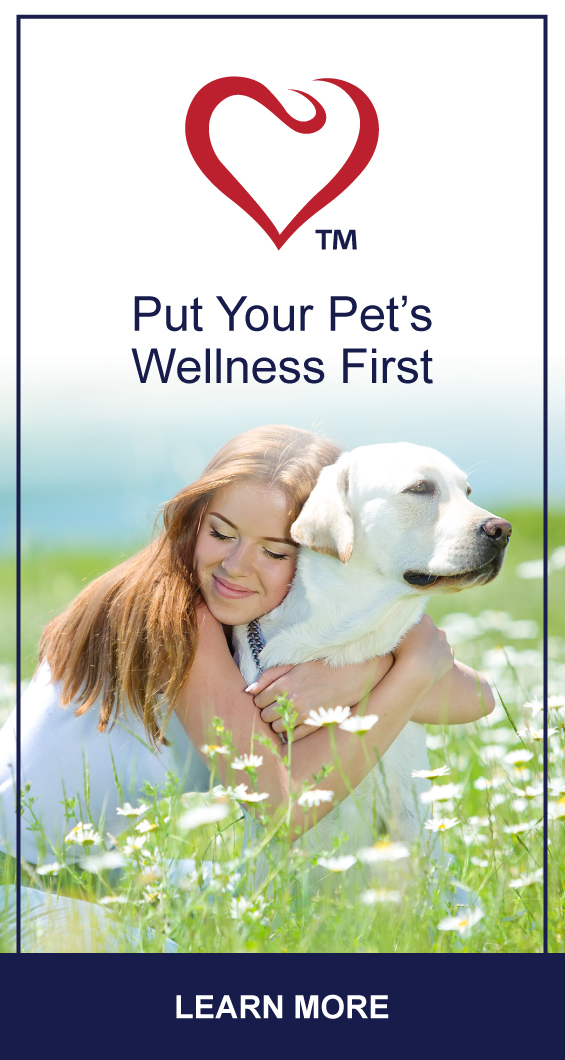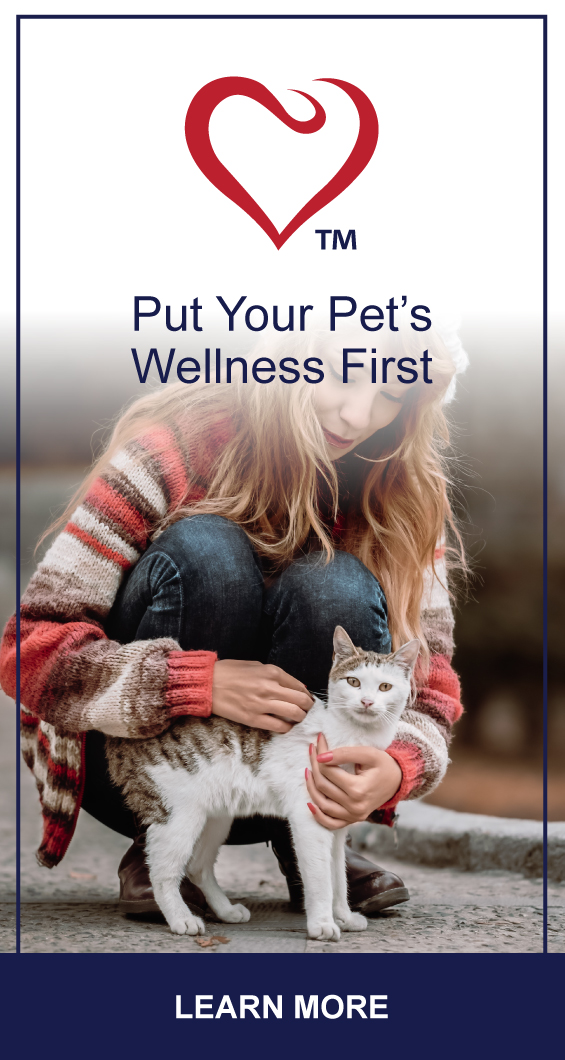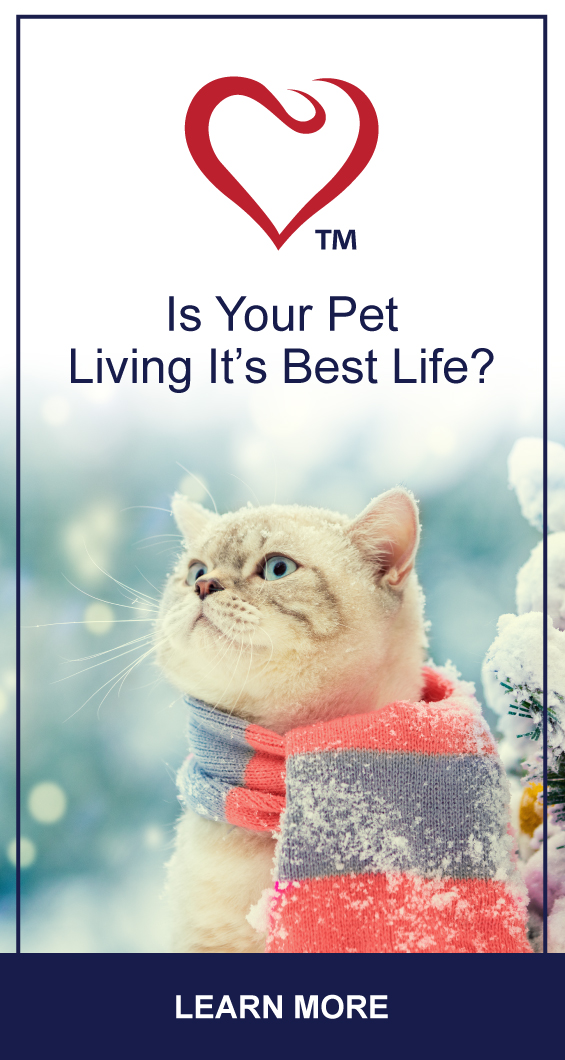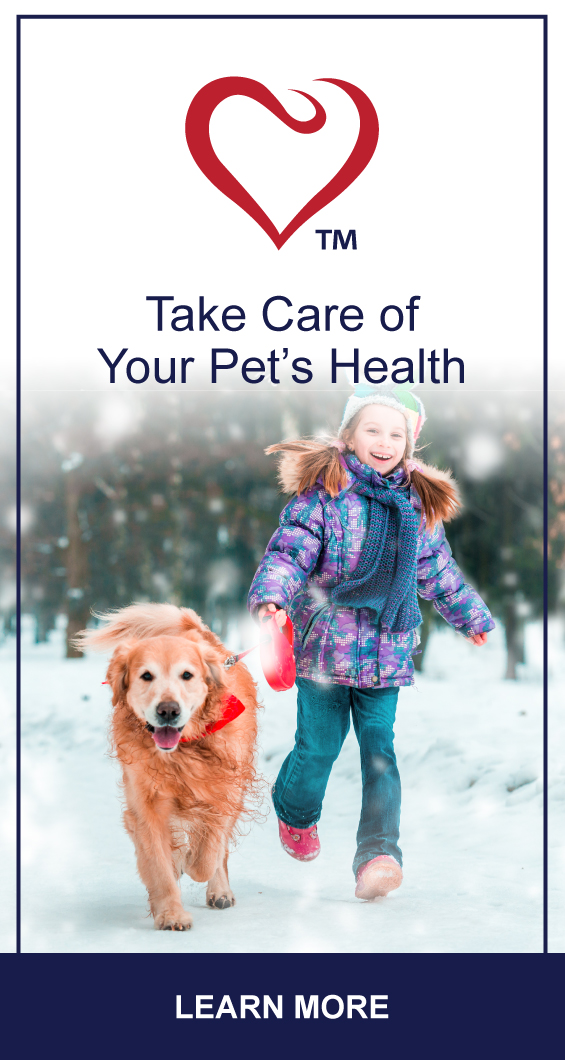HEALTH & WELLNESS

TRENDING

SIGN UP and Start Receiving
Our Monthly Newsletter,
The Chronicles
IS YOUR DOG SLOWING DOWN BECAUSE OF AGING?
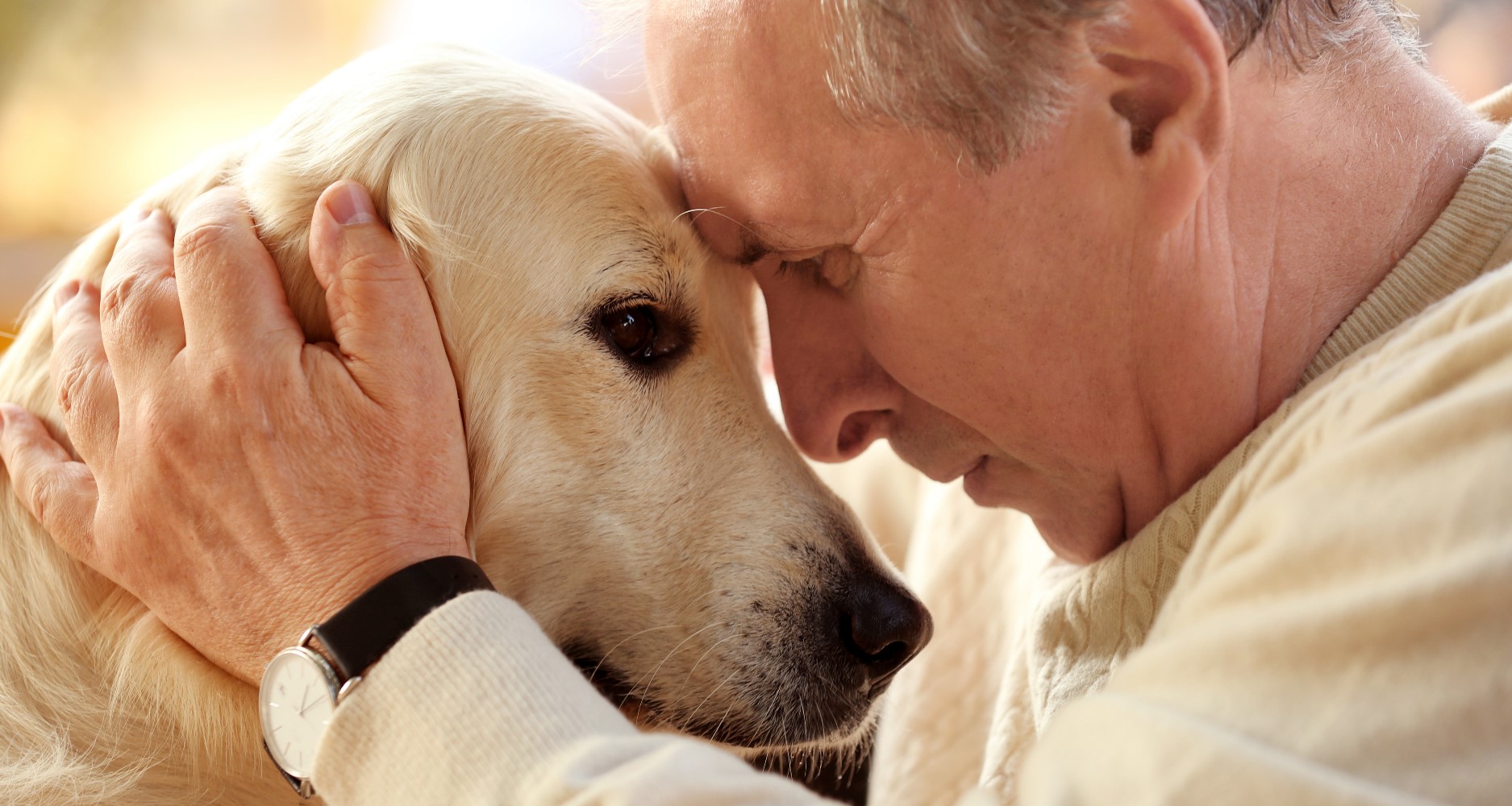
Aging Dogs are Vulnerable to Osteoarthritis
Just like humans, joint disorders are common degenerative diseases that are more likely to affect older dogs. Osteoarthritis (OA) is a common form of arthritis in older dogs and is a progressive disease; however, sometimes, it can be triggered by an injury to a joint, such as a knee injury that damages the cartilage. OA can affect one or more joints anywhere in the body but the most common joints affected in dogs are the hips, knees, shoulders and elbows.
In OA, the surface cartilage in the joints breaks down and wears away, allowing the bones to rub together. This causes pain, swelling, inflammation and loss of motion in the joint. The long-term deterioration of the cartilage is progressive and permanent. Untreated pain and loss of mobility may lead to other health complications, such as immune suppression, digestive troubles and insomnia.
Recognition of Changes Important for Pain Management
All dogs age differently but most dogs enter their senior years at about 7 years old (a little sooner for larger dogs) and begin to slow down and may gain weight more easily. An aging dog’s behavioral, mobility and temperamental changes will give you clues as to what he may need.
As changes happen through aging, your dog will need different care. To provide the best quality of life for your dog requires an understanding of the changes that are affecting him.
Signs of Joint Pain
Physical and behavioral changes may include:
- Slowing down and stiffness
- Reluctance to walk, run, climb stairs, jump, or play
- Change in temperament (e.g. withdrawn, more anxious or less tolerant)
- Becoming quiet, withdrawn, and inactive
- Increased licking of a painful/sensitive area
- Limping or stiffness, especially after lying down
- Lagging behind on walks
- Change in grooming habits
- Unexpected reaction when handled or touched
- Showing uncharacteristic aggressiveness when approached (an attempt to protect themselves from further pain)
- Whimpering
Strategies for Pain Management
Because of innovations in modern medicine and other therapies, there are many ways to help slow the progression of OA. To relieve related suffering a multimodal approach is most beneficial.
Focus on Nutrition
Dogs with osteoarthritis are more prone to weight gain because they are less active. Extra weight puts further stress on joints resulting in increased pain. A nutritious diet has been shown to be beneficial and if necessary, a weight loss regimen should be implemented.
Your veterinarian will guide you concerning appropriate diet and weight and take into consideration factors, such as other medical conditions, size and predisposed breeds.
Provide a Comfortable Environment
Ensure that bedding is padded and away from cold or damp drafts. Provide a ramp for your pet to join you on the bed or couch. A ramp can also be helpful for access into the car. You can also use them on any stairs into or out of the house.
Muscle Massages
Massages stimulate blood flow to sore muscles. Warm compresses over sore joints can be soothing, but ensure that heat is not excessive.
Supplementation
Veterinarians and owners have found that supplementation can be helpful. The anti-inflammatory effects of omega-3 fatty acids (EPA, DHA) have also shown to be of benefit in dogs with arthritis. Consult your veterinarian who will take into consideration factors, such as diet and genetics.
Maintaining Mobility
Exercise is vital no matter what the age of the dog. However, a younger dog with early signs of osteoarthritis should get more exercise than a senior dog with severe osteoarthritis. Swimming, a non-weight-bearing exercise, is an excellent form of exercise. Consult your veterinarian that swimming is not contraindicated because of other medical conditions.
Pharmaceuticals
When joint pain sets in, a nonsteroidal anti-inflammatory drug (NSAID) prescribed by a veterinarian could be helpful. The objectives in managing osteoarthritis include minimizing joint pain by reducing the inflammation and slowing the progression of the cartilage damage, resulting in increased joint flexibility and ultimately improving quality of life.
